November 21, 2019
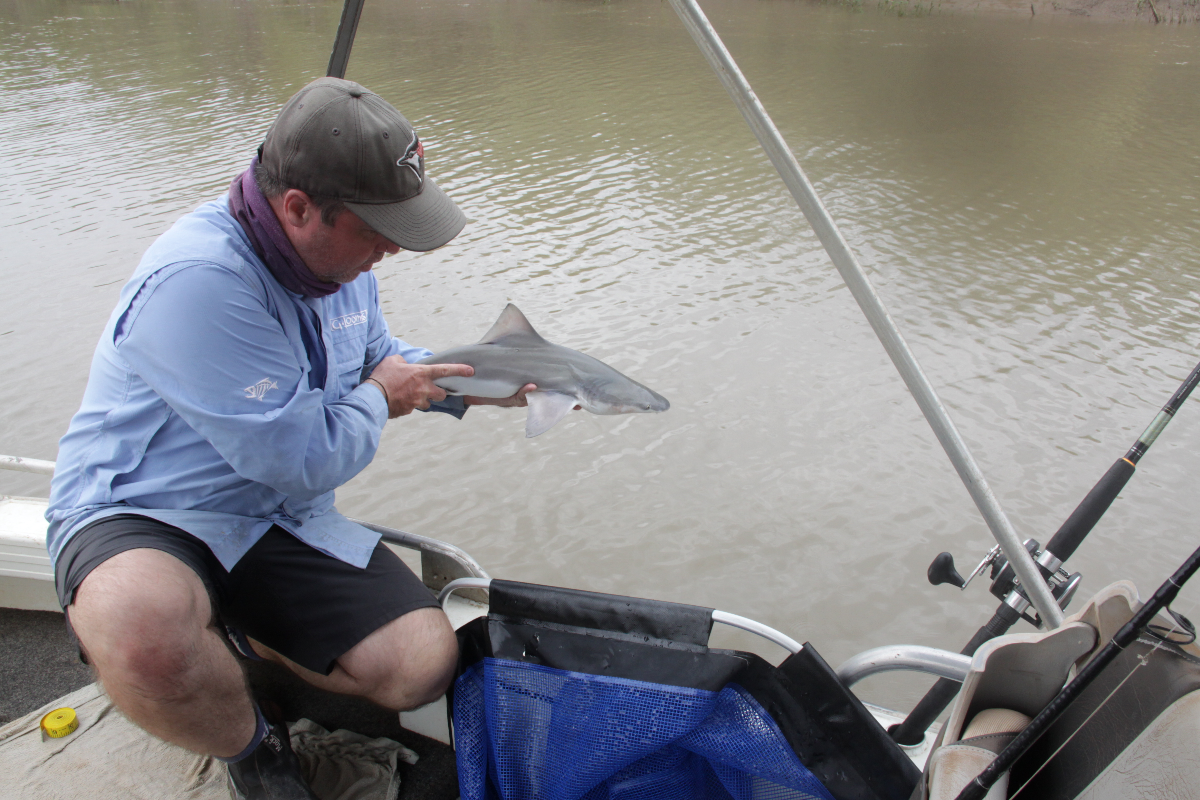
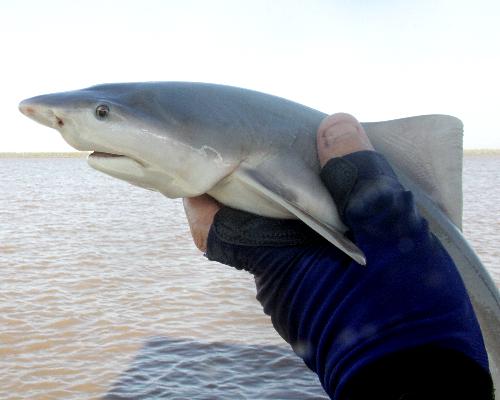
Marine Biodiversity Hub researcher Peter Kyne of Charles Darwin University reports on his trip to sample Speartooth Sharks in Western Australia's Lower Ord River.
The Speartooth Shark (Glyphis glyphis) is a euryhaline species (able to tolerate a wide range of salinity) that inhabits large turbid tidal rivers and estuaries in northern Australia and Papua New Guinea. It is considered extremely rare and listed as Critically Endangered in Australia.
We know from previous DNA studies that the species has core populations in the rivers of Van Diemen Gulf in the Northern Territory, and the Wenlock River in Queensland. These populations are genetically distinct.
In 2015, our research team stumbled across a previously unknown population of Speartooth Sharks in the Lower Ord River of Cambridge Gulf in Western Australia’s Kimberley region. These were the first records of the species for Western Australia.
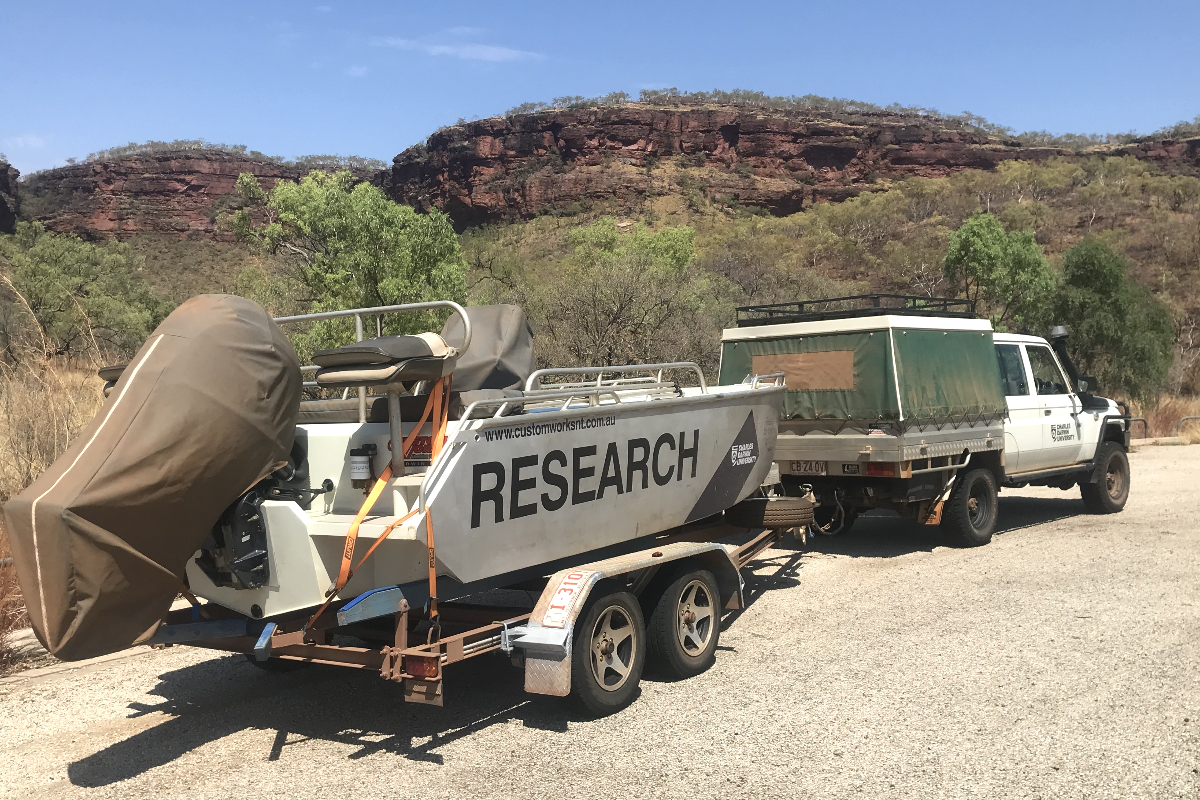
In early November 2019 we returned to the Ord River to sample the species for a population genetics study. This was the second of four planned field trips to sample Speartooth Shark genetics for this study: one to the Ord River and three to the Daly River in the Northern Territory (another newly discovered population).
The research is part of a broader Hub project that is working to assist the conservation, management and recovery of threatened sawfish and river shark species in Australia's northern rivers and estuaries.
This includes generating a better ecological understanding of their habitat use and habitat requirements, short and long-term movements, connectivity and spatial dynamics, population structure and abundance.
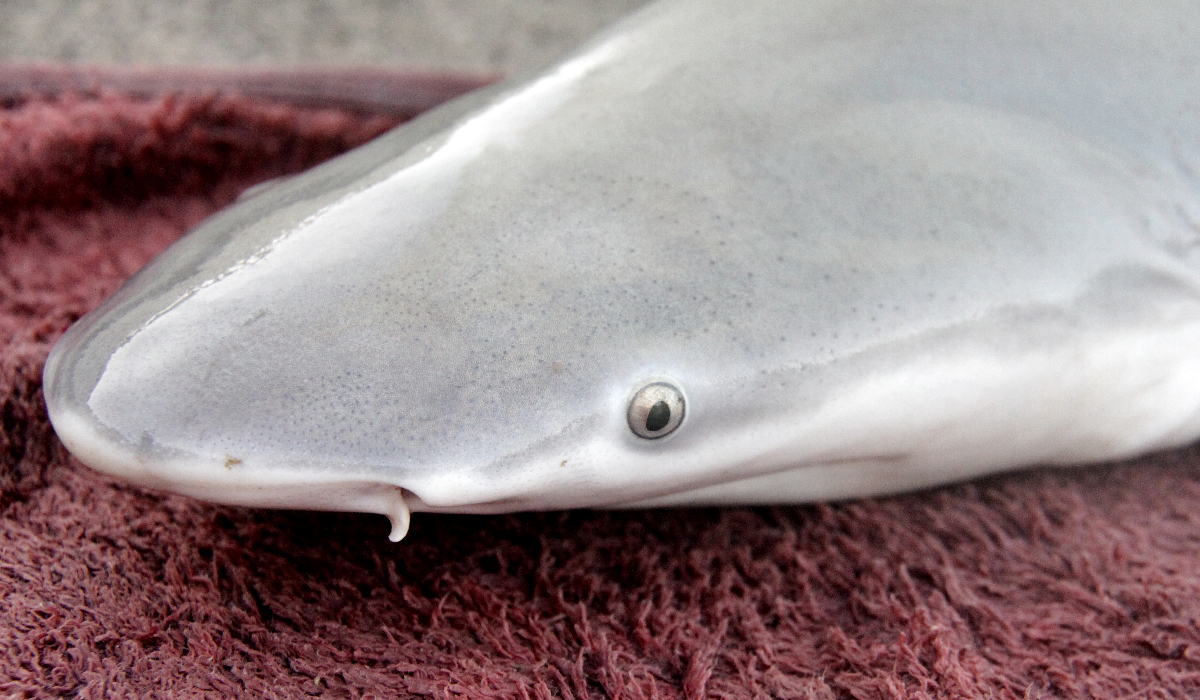
A nursery of pups
We caught the sharks from a vessel using a rod-and-line and a small tissue sample was taken before they were released at the site of capture. The captures included new-born pups, indicating that the Lower Ord River is a nursery ground for the species.
DNA will be extracted from the tissue samples to allow us to compare the Western Australian population with those in the Northern Territory (Daly River, Van Diemen Gulf) and Queensland (Wenlock River).
Plenty of juvenile Northern River Sharks were also recorded during the field trip. These are part of a wider population that occurs in Cambridge Gulf.
The results of the population genetics study will be available in 2020 and will help to guide the conservation and management of the Speartooth Shark.
This work is a collaboration between Marine Biodiversity Hub partners Charles Darwin University and CSIRO, and project collaborators NT Department of Primary Industry and Resources and the WA Department of Primary Industries and Regional Development. The photos are by Peter Kyne and Christy Davies.
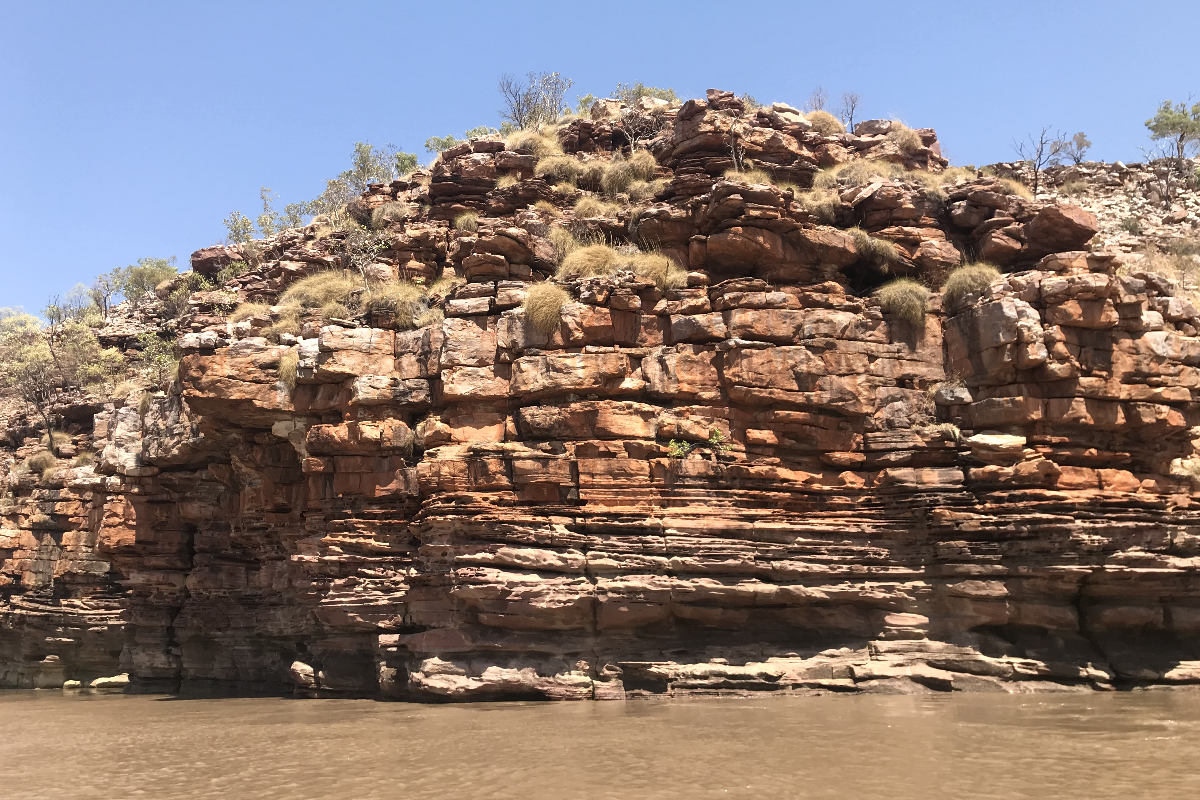

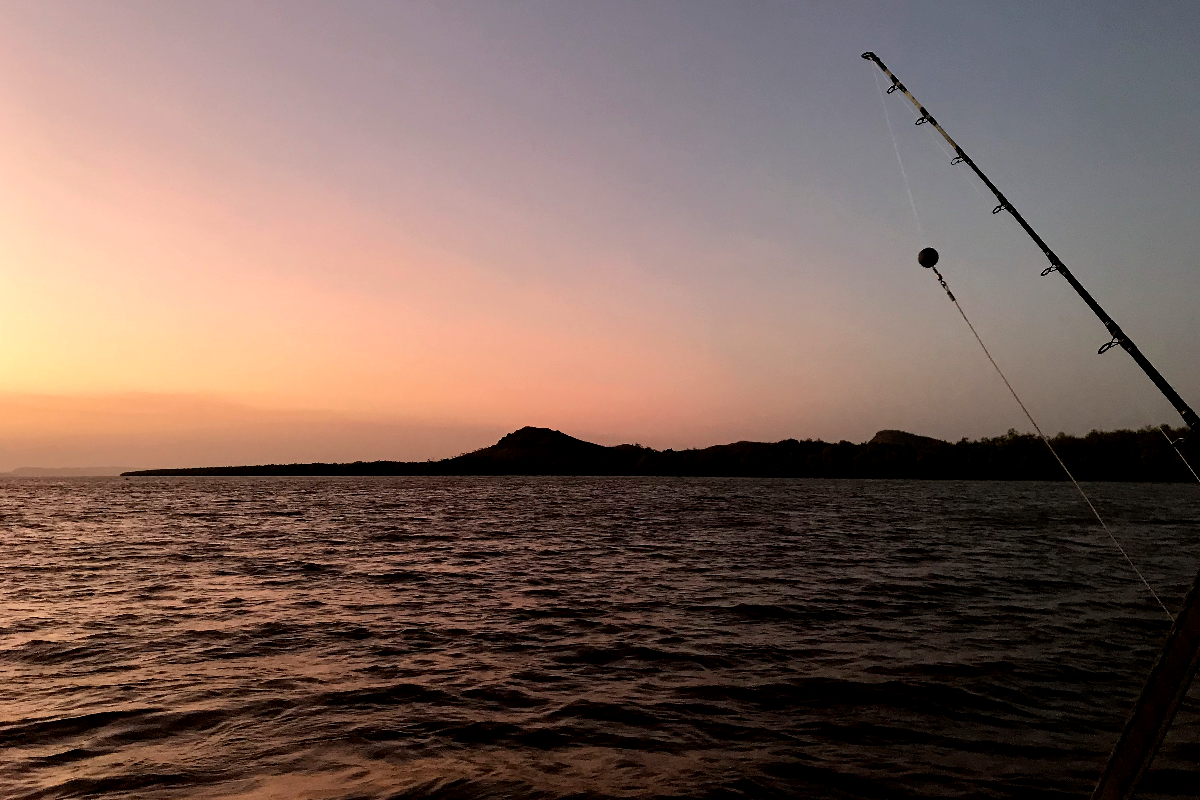
Further reading
- Log in to post comments
